Skyfall: The Cosmic Event That Ended The Dinosaur Era

Introduction
The extinction of the dinosaurs has fascinated scientists for decades. While theories about what caused their demise abound, the impact of an asteroid is the most widely accepted explanation for the mass extinction. In this article, we'll explore the asteroid event that ended the dinosaur era and the impact it had on life on Earth.
What Happened?
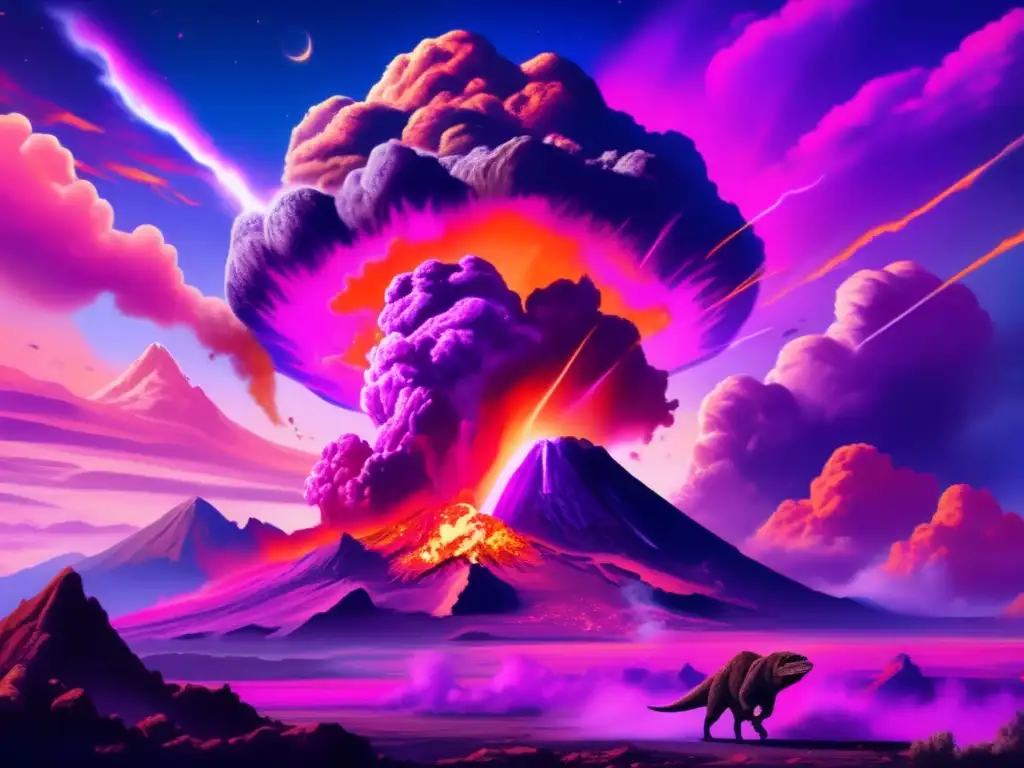
The Impact
Approximately 66 million years ago, a catastrophic event occurred on Earth. An asteroid measuring between 10 and 15 kilometers in diameter slammed into what is now the Yucatan Peninsula in Mexico at a speed of approximately 72,000 kilometers per hour. The impact created a massive crater, measuring nearly 180 kilometers in diameter and 20 kilometers deep, which is now known as the Chicxulub Crater.
The Aftermath
The impact of the asteroid caused a chain reaction of events that resulted in the extinction of the dinosaurs and three-quarters of all plant and animal species on Earth. The immediate aftermath of the impact created intense heat, pressure, and shock waves that triggered fires, tsunamis, and earthquakes. These events, coupled with the massive dust and debris clouds that were kicked up by the impact, caused a sudden and prolonged decrease in temperature and sunlight, leading to the "nuclear winter" effect that lasted for several years.
The Extinction
The drastic changes in the environment caused by the impact of the asteroid led to the extinction of the dinosaurs and many other species. The loss of vegetation resulted in the starvation of herbivores, while the extinction of these animals led to the demise of carnivores that relied on them for food. The ecosystem was left irreparably damaged, and it took millions of years for life on Earth to recover.
The Impact on Earth
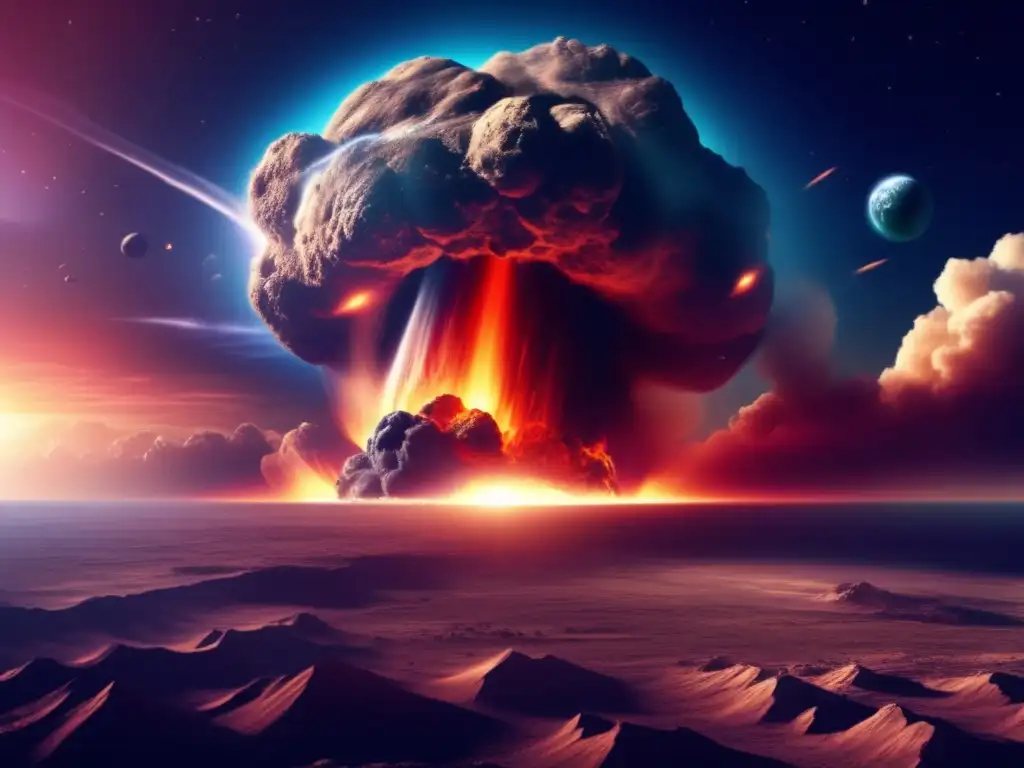
The Science of Impacts
Asteroid impacts on Earth are not uncommon, but the catastrophic event that ended the dinosaur era is one of the most significant impacts in Earth's history. The study of asteroid impacts is vital as it can help us understand the history of our planet and the potential threats to life today. Scientists study the Chicxulub Crater to learn more about the impact and the events that followed to better prepare for any future cosmic events.
Impact on Life on Earth
The asteroid impact that ended the dinosaur era had a profound impact on life on Earth. It wiped out three-quarters of all plant and animal species, creating a massive gap in the ecosystem, which took millions of years to recover. The survivors of the extinction event were able to evolve and adapt to the new environment eventually, but the effects of the asteroid impact can still be seen in the biodiversity of life on Earth today.
Impact on Earth's Geology
The Chicxulub Crater created by the impact of the asteroid has had a significant impact on the geology of the Yucatan Peninsula and the surrounding area. The crater is a valuable site for scientific research and provides insight into the geological history of the region. The study of the Chicxulub Crater has helped scientists understand how the impact altered the geology of the area and provides information on how similar impacts might affect other regions around the world.
Scientific Discoveries
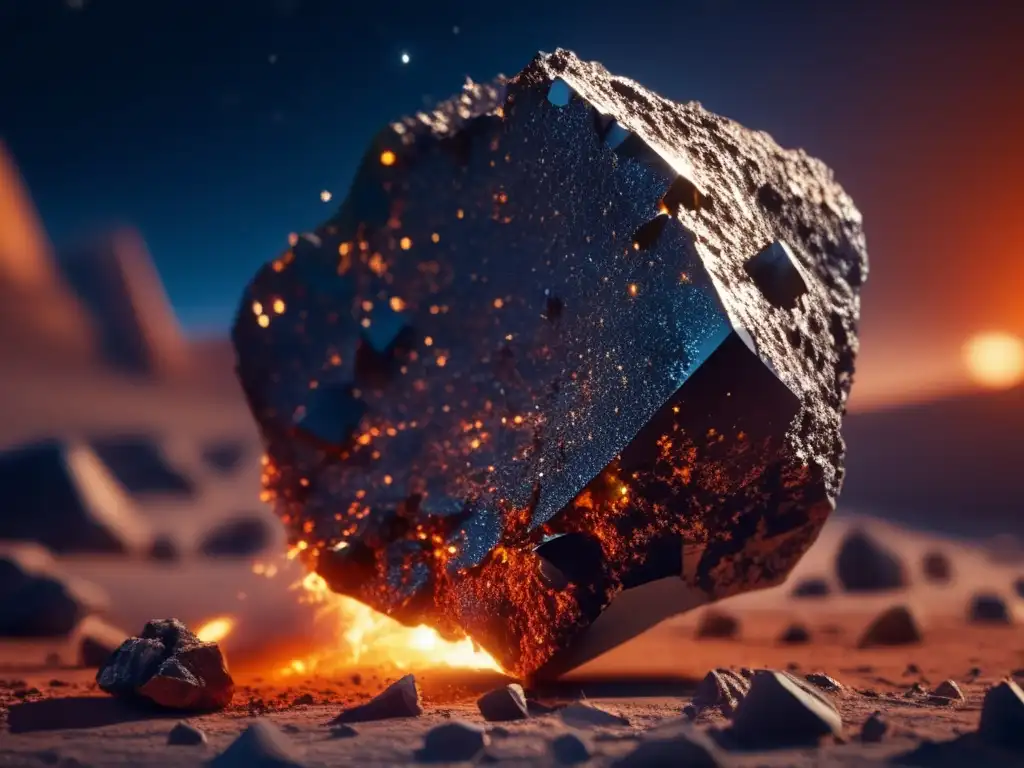
The Discovery of the Chicxulub Crater
The Chicxulub Crater was discovered in the late 1970s by geophysicists Antonio Camargo and Glen Penfield while exploring for oil in the region. Their discovery sparked intense scientific interest in the impact and led to widespread study of the crater and the events that followed.
Impact on the Study of Asteroids
The asteroid impact that ended the dinosaur era has had a significant impact on the study of asteroids. The study of the Chicxulub Crater has provided scientists with valuable information on the destructive power of asteroids and their potential impact on life on Earth. It has also spurred research into methods of identifying and tracking potentially hazardous asteroids to prevent a similar catastrophe from occurring in the future.
Importance of Scientific Research
The scientific research surrounding the Chicxulub Crater and the asteroid impact that ended the dinosaur era highlights the importance of science and its ability to provide us with valuable information about our planet's history and future. The knowledge gained from this research can help us better understand the world we live in and take steps to protect it for future generations.
Frequently Asked Questions
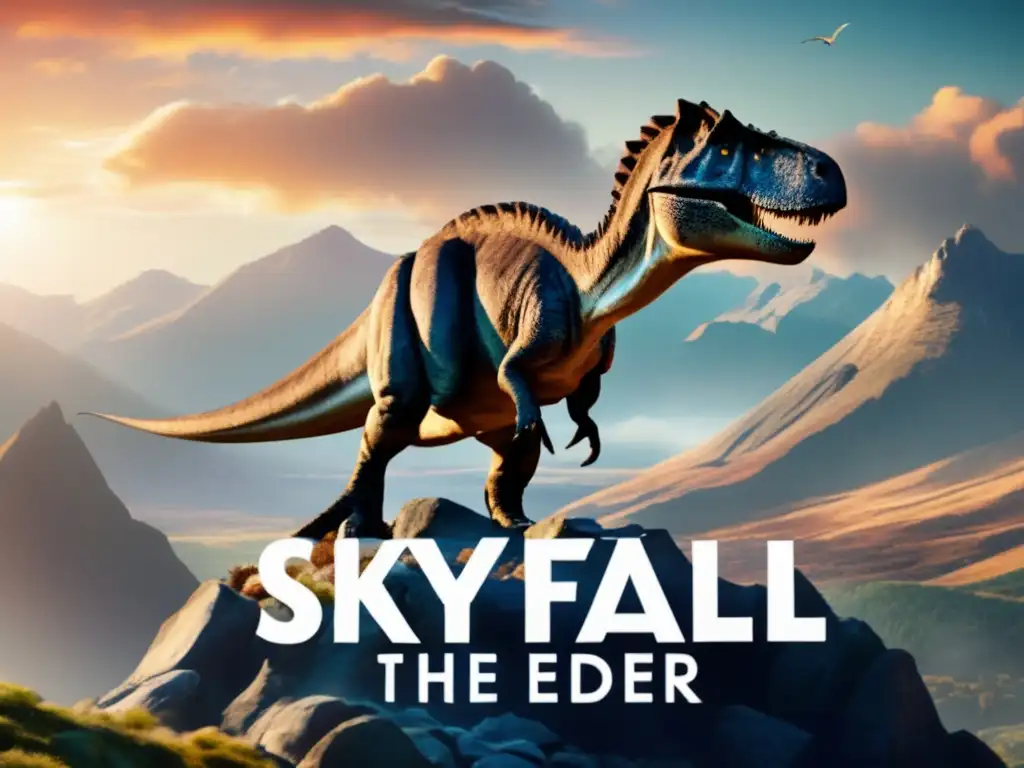
-
What caused the extinction of the dinosaurs?
The most widely accepted theory is that an asteroid impact caused the mass extinction of the dinosaurs and three-quarters of all plant and animal species on Earth.
-
Where is the Chicxulub Crater located?
The Chicxulub Crater is located on the Yucatan Peninsula in Mexico.
-
How did the asteroid impact affect Earth's environment?
The impact caused a sudden and prolonged decrease in temperature and sunlight, leading to the "nuclear winter" effect that lasted for several years, resulting in the extinction of the dinosaurs and many other species.
-
What can we learn from the study of the Chicxulub Crater?
The study of the Chicxulub Crater provides valuable information on the destructive power of asteroids and their potential impact on life on Earth, as well as insight into the geological history of the region.
-
What steps are being taken to prevent another asteroid impact?
Scientists are studying methods of identifying and tracking potentially hazardous asteroids to prevent a similar catastrophe from occurring in the future.
Conclusion
The impact of the asteroid that ended the dinosaur era is a significant event in our planet's history and has had a lasting impact on the world we live in today. The scientific research surrounding this event highlights the importance of science and its ability to provide us with valuable information about our planet's history and future. By studying the Chicxulub Crater and other asteroid impacts, we can better understand the potential threats to life on Earth and take steps to protect our planet for future generations.
We encourage our readers to share their thoughts in the comments section and positively interact with www.asteroidrealm.com. Whether by subscribing, sharing the article on social networks, or other forms of participation, we appreciate your support of our mission to explore the fascinating world of asteroids.
Additional Resources
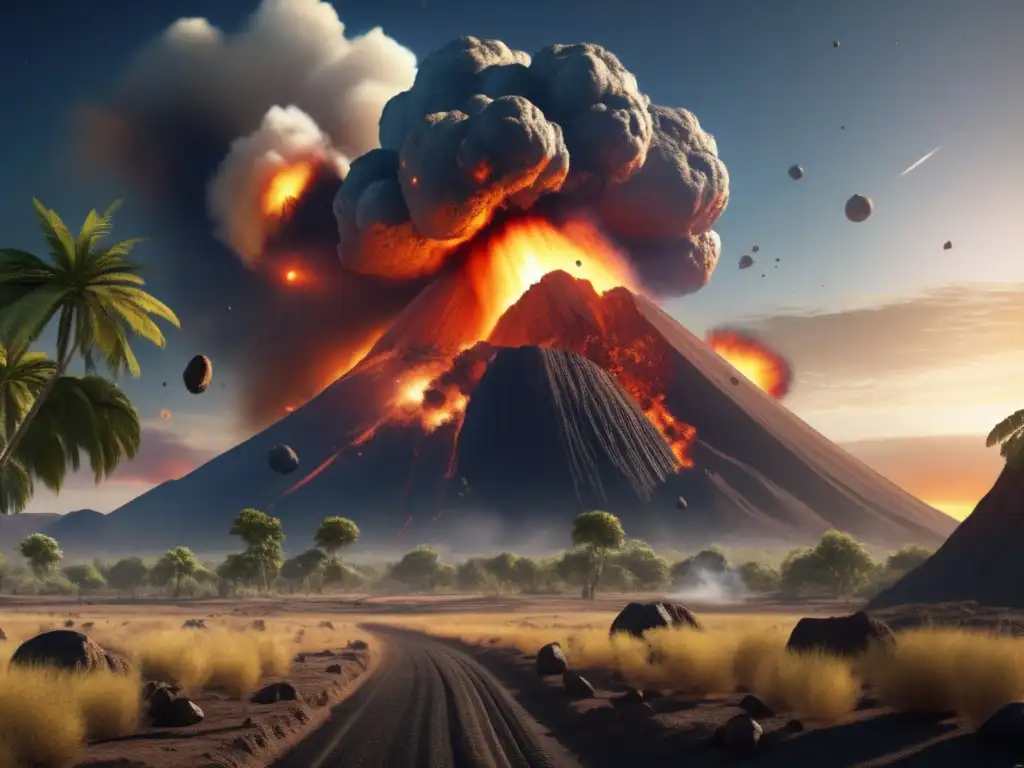
For more information on asteroid impacts and the study of asteroids, check out these resources:
- NASA: Asteroids Fast Facts
- BBC Bitesize: The Extinction of the Dinosaurs
- Smithsonian Magazine: How to Defend Earth from Asteroids
 Asteroids And The Age Of Reptiles: A Terminal Connection
Asteroids And The Age Of Reptiles: A Terminal Connection The Asteroid That Shook The World: The End Of The Mesozoic Era
The Asteroid That Shook The World: The End Of The Mesozoic Era Extinction From Above: The Deadly Impact Of Asteroids
Extinction From Above: The Deadly Impact Of AsteroidsIf you want to discover more articles similar to Skyfall: The Cosmic Event That Ended The Dinosaur Era, you can visit the Asteroids and Dinosaurs category.
Leave a Reply

Articulos relacionados: